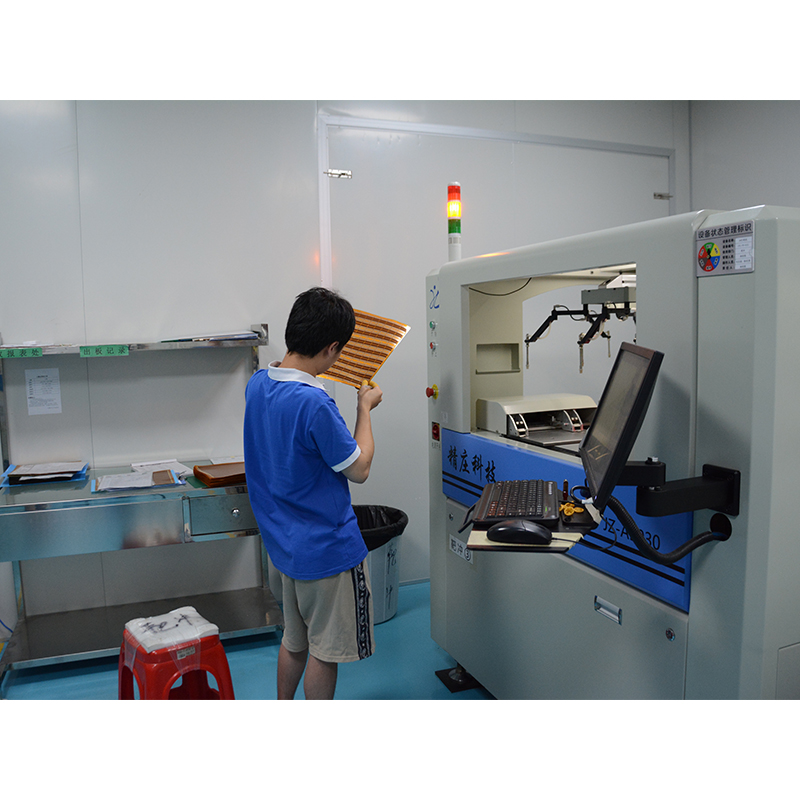Welcome to Capel, your trusted brand factory in the circuit board industry with 15 years of valuable experience. Our sole focus is to provide cost-effective and fast circuit board prototyping services ensuring maximum customer satisfaction. We are proud to serve customers from a variety of industries and provide them with the best solutions to meet their unique needs.
As an industry-leading brand factory, we understand the importance of meeting our customers’ needs for low-power, rapid PCB prototyping. In this blog, we will explore various methods that enable you to produce fast turnaround PCB prototypes while ensuring low power consumption, maximizing efficiency, and minimizing costs.
1. Optimize your design:
In order to achieve low power consumption in PCB prototypes, it is crucial to optimize the circuit design. Start by choosing components that are known for their energy efficiency. Conduct thorough research to identify components that meet your project requirements and provide low power consumption. It’s also important to analyze the power requirements of each component and make sure they are within the range you need.
2. Efficient power management:
Efficient power management is key to reducing power consumption in fast turnaround PCB prototypes. Implementing power-saving features such as sleep mode or power-down mode can significantly reduce power consumption when certain components are not in use. Additionally, the use of advanced power management ICs (PMICs) helps regulate power distribution and minimize waste.
3. Consider low-power microcontrollers:
Choosing a microcontroller with low-power features can have a significant impact on the overall energy efficiency of your PCB prototype. Microcontrollers designed for low-power applications, combined with appropriate power management techniques, can greatly improve energy efficiency without affecting performance.
4. Utilize power optimization tools:
There are many software tools that can help optimize power consumption during the prototyping process. These tools analyze power requirements, identify potential areas for improvement, and provide recommendations for reducing power consumption. Leveraging such tools can speed up the prototyping process while ensuring low power consumption.
5. Energy harvesting design:
Energy harvesting technologies, such as solar cells or vibration energy scavenging, can help capture and store ambient energy to power PCB prototypes. Integrating energy harvesting capabilities into your design provides additional benefits by reducing reliance on traditional power supplies and minimizing overall power consumption.
6. Rigorous testing and verification:
Thorough testing and validation should be an integral part of the rapid turnaround PCB prototyping process. This ensures that all components are running optimally without any leakage or inefficiency. Rigorous testing helps identify any areas for improvement, allowing you to fine-tune your design for maximum energy efficiency.
In summary
low-power fast-turn PCB prototyping requires careful component selection, efficient power management and optimization techniques. By implementing these strategies and leveraging our expertise in the circuit board industry, Capel can provide you with cost-effective and fast solutions that fit your specific needs.
Trusted Capel – a trusted brand factory with 15 years of experience – provides best-in-class circuit board prototyping services while focusing on customer satisfaction. Contact us today to discuss your project requirements and let us help you achieve your low power goals.
Post time: Oct-18-2023
Back







